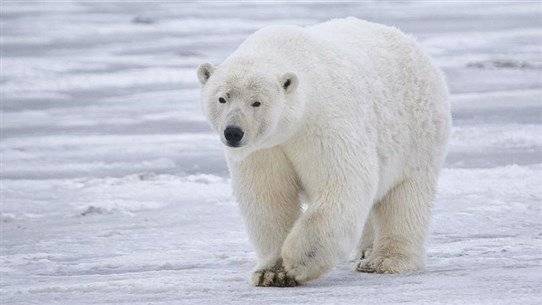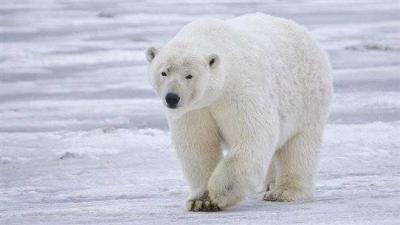A new study has cast doubt on whether rising temperatures will truly kill polar bears. Researchers from the University of Washington discovered a new population of polar bears living in ice-free waters in southeastern Greenland. This group is genetically distinct and uniquely adapted to the ice-free environment, which can help shed light on the future of the species amid rising temperatures.
Dr. Kristin Leeder, who led the study, stated, "Polar bears are threatened by the loss of sea ice due to climate change. This new population gives us insight into how the species may persist in the future. However, I do not believe that glacial habitats will support large numbers of polar bears. There are not enough of them. We still expect to see significant declines in polar bears across the Arctic due to climate change." Based on historical records, researchers knew that some bears existed in southeastern Greenland. However, until now, the region had not been studied in detail due to its unpredictable weather, rugged mountains, and heavy snowfall.
Leeder remarked, "We wanted to survey this area because we did not know much about polar bears in southeastern Greenland, but we never expected to find a new subpopulation living there." In the study, the team gathered 36 years of movement, genetic, and demographic data to assess the population for the first time. Their findings showed that this group consists of a few hundred bears and is genetically distinct from any of the previously known 19 polar bear populations. Co-author Professor Beth Shapiro said, "It is the most genetically isolated polar bear group anywhere on the planet. We know that this group has lived separately from other polar bear populations for at least several hundred years, and its population size has remained small throughout this time."
Body measurements indicate that adult females are smaller than those in other regions, and they have fewer cubs, which may reflect the challenge of finding mates in the complex environment, according to the team. Among 27 bears tracked, half accidentally drifted about 120 miles south on a small ice floe caught in the coastal current east of Greenland. Leeder noted, "In a sense, these bears offer a glimpse of how Greenland's bears might behave under future climate scenarios." The current sea ice conditions in southeastern Greenland resemble what is expected in northeastern Greenland by late this century.
During the remaining eight months, polar bears hunt seals from freshwater ice floes that break off the Greenland ice sheet. The results raise hopes that polar bears may adapt to survive amid rising global temperatures.




